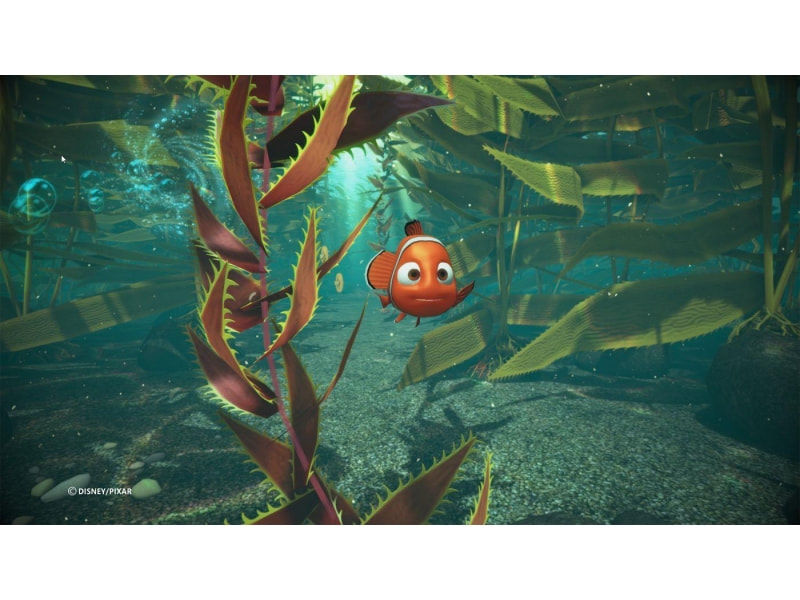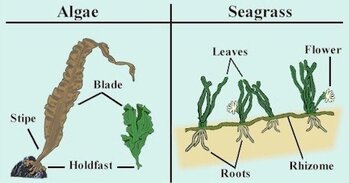ESSENTIAL QUESTIONS
1. What ecological roles do viruses and bacteria play in the seas?
2. What kinds of marine life can tolerate the extreme levels of temperature and salinity that occur in parts of the sea?
3. Since marine microbes are more diverse than other kinds of life on earth, what could possibly make these tiny organisms so different?
4. What features distinguish the several groups of seaweeds?
5. Aside from primary production, that roles do seaweeds and plants play in the ocean?
6. How are seaweeds and plants distributed by depth, geography, and time?
7. What adaptations have allowed flowering plants, especially seagrasses, to invade the sea?
8. How have coastal populations historically and societies today made use of seaweeds and marine plants?
1. What ecological roles do viruses and bacteria play in the seas?
2. What kinds of marine life can tolerate the extreme levels of temperature and salinity that occur in parts of the sea?
3. Since marine microbes are more diverse than other kinds of life on earth, what could possibly make these tiny organisms so different?
4. What features distinguish the several groups of seaweeds?
5. Aside from primary production, that roles do seaweeds and plants play in the ocean?
6. How are seaweeds and plants distributed by depth, geography, and time?
7. What adaptations have allowed flowering plants, especially seagrasses, to invade the sea?
8. How have coastal populations historically and societies today made use of seaweeds and marine plants?
MARINE MICROBES
(CHAPTER 6)
(CHAPTER 6)
MULTICELLULAR PRIMARY PRODUCERS
(CHAPTER 7)
(CHAPTER 7)
|
DAY 2: MULTICELLULAR ALGAE (SEAWEED)
|
|
DAY 3: SEAGRASSES & SALT MARSH PLANTS
NOTES-CH7-Seagrasses & Salt Marsh Plants
Guided Notes-CH7-Seagrasses & Salt March Plants
Marine Flowering Plants- Use Textbook Chapter
Guided Notes-CH7-Seagrasses & Salt March Plants
Marine Flowering Plants- Use Textbook Chapter
HONORS
Marsh Zones Poster
Marsh Zones Poster
| marsh_zones_poster_reference.pdf | |
| File Size: | 3580 kb |
| File Type: | |
DAY 4: MANGROVES
DAY 5: REVIEW
|
KAHOOT - MS UNIT 3 Test Review
|
DAY 6: UNIT TEST

